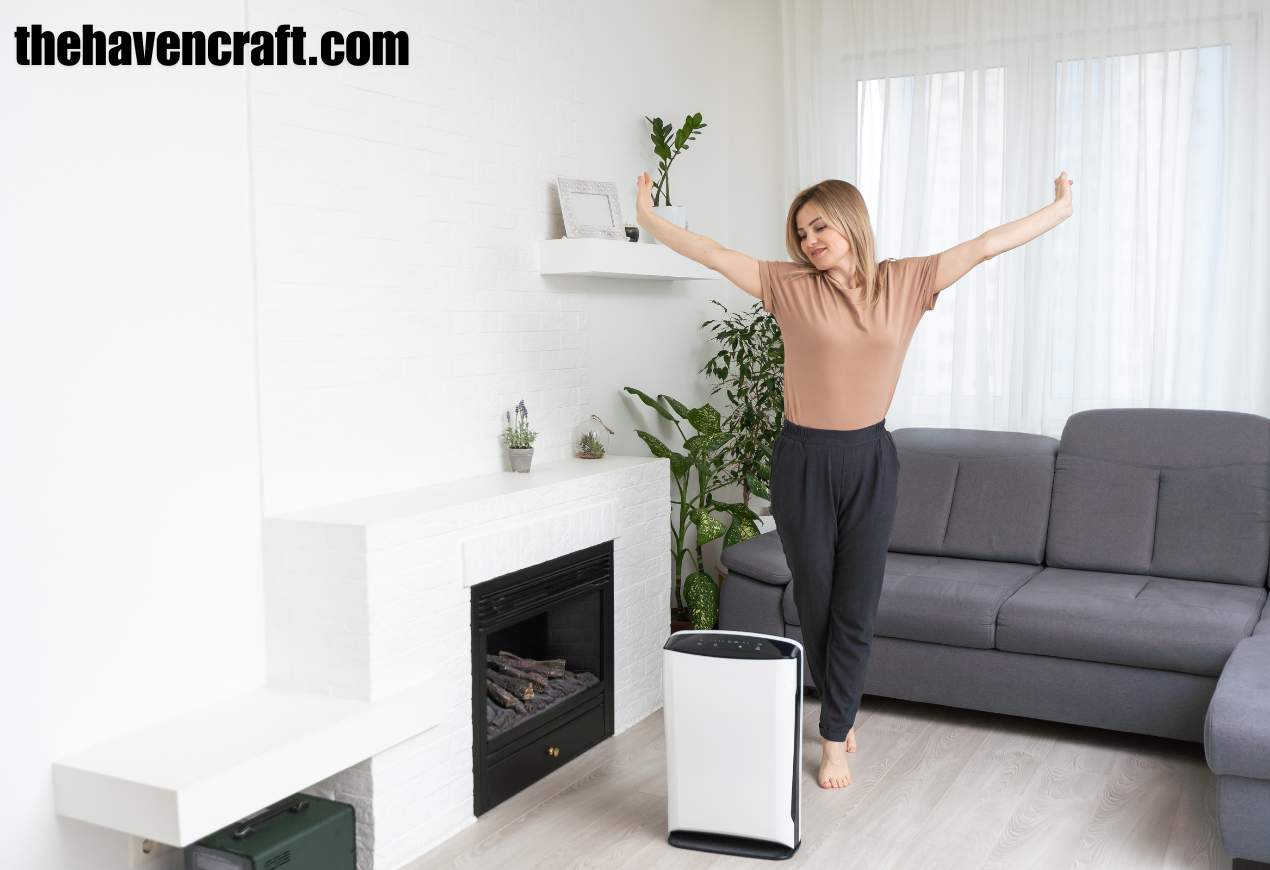Is Your Dehumidifier Not Collecting Enough Water? It is frustrating that a device is not performing its duty as it should. So, what should be your next step if your dehumidifier fails to collect water? You are about to find out; keep reading.
Does the Type of Dehumidifier Matter When It Comes to Not Collecting Water?
Yes, the type of dehumidifier—whether it’s a desiccant or refrigerant model—can significantly impact its ability to collect water. Before we explain possible culprits, let us take a minute to explain two main types of dehumidifiers and how they may fail to collect water.
Refrigerant Dehumidifiers
Refrigerant dehumidifiers use a mechanism to cool the air to condense moisture, which is then collected in a tank. These dehumidifiers are more suitable for highly humid environments, and when the temperature drops, the cooling coils of the machine can freeze.
This can lead refrigerant dehumidifiers not to collect enough water.
Desiccant Dehumidifiers
On the other hand, desiccant dehumidifiers use a moisture-absorbing material to remove water from the air. These units are versatile and suit a wide range of temperatures.
A desiccant dehumidifier is less likely to stop collecting water due to issues with the desiccant material. You will learn everything in detail in the next phase of the article.
Dehumidifier Not Collecting Enough Water [Causes and Fixes]
Here, we have listed possible causes and fixes for them considering both refrigerant and desiccant dehumidifiers. Depending on the type of dehumidifier you use, check which ones are causing the problem.
Low Humidity Level
First, you need to understand why you use a dehumidifier. Obviously, you use a dehumidifier to control the humidity, right? If the humidity is low, irrespective of the type of dehumidifier you use, it may not collect enough water. This can happen especially when the humidity is below 30%.
We recommend checking the humidity of the environment using a hygrometer. If the humidity is low, there is nothing wrong with the dehumidifier. It works fine, but given that there is no humidity in the environment, there is not much water in the air to absorb.
If you want to double-check, you can place the dehumidifier in a humid area and see whether the unit is collecting water as it should be.
Incorrect Temperature [Refrigerant Dehumidifiers]
These units are temperature-sensitive, meaning they work best when the environment is warm. As mentioned earlier, when the environment is cooler, the coils of the machine can freeze.
The solution is the same as the previous step. Try moving the unit to a place that is warm. Some refrigerant machines come with a defrost feature. If your unit doesn’t have that luxury, turn off the machine in order to help it defrost.
Dirty Filters
Regardless of the type, dehumidifiers have filters to trap debris and dust. If the filter of your unit is clogged, which can happen over time, the dehumidifier will not collect water.
This is a common issue with both types of dehumidifiers. Cleaning the filter or replacing it is the solution for this. The place where you keep the machine also plays a big role in this. If the environment is full of dust, the filters of the machine can get clogged frequently.
It’s your job to periodically check the filters and keep the environment clean to help your dehumidifier collect water efficiently.
Issues With the Water Tank
If the water tank of your dehumidifier is full, the unit will stop collecting water to prevent overflow. In addition, check whether the water tank is properly aligned. We have noted that this is another factor that stops dehumidifiers from collecting water.
Some models have a float switch that can get stuck; make sure it moves freely to signal when the tank is full.
Faulty Humidistat
The humidistats on machines are designed to control the dehumidifier’s operation based on the humidity level in the environment. If it is at fault, the unit may not run long enough to collect water.
The solution for this is to test the humidistat by setting the desired humidity level lower than the current room humidity. If the unit doesn’t turn on and start collecting water, you will have to repair or replace the humidistat of your unit.
Compressor Issues [Refrigerant Dehumidifiers]
We would say the compressor is the heart of refrigerant dehumidifiers. It is the component that cools the coils of the unit. If the compressor of a refrigerant dehumidifier is not working as it should be, the unit won’t collect water efficiently.
You can check for a faulty compressor by listening to unusual noises and checking whether the coils are cold. If this is the case, we recommend seeking professional assistance, as repairing a faulty compressor is often a task that is beyond most regular users.
Absorbent Material Saturated [Desiccant Dehumidifiers]
As we explained, desiccant dehumidifiers use moisture-absorbing material for the operation. If this material is saturated, which can happen over time, the dehumidifier may not collect enough water.
There are dehumidifiers that have a built-in regeneration process to dry out the desiccant material. If your one doesn’t have that feature, you will have to dry out the material manually. In the worst-case scenario, you will have to replace the material.


Placement and Room Size
If you have read the article thus far, you should understand that the placement of the unit has the potential to limit the water collection of a dehumidifier. If the unit is placed too close to walls, furniture, or other obstructions, airflow may be restricted.
In addition, the size of the room is big, and the capacity of the unit is small, so it may not be able to collect enough water to make a noticeable difference. You must determine the size of the room and what size of dehumidifier you need in the first place to avoid this disappointment.
Machine Malfunctions
If nothing above is causing the issue, it could be because of technical malfunctions in the unit. Like any appliance, dehumidifiers can experience technical malfunctions, such as electrical issues, sensor failures, or internal component breakdowns.
We recommend going through the manufacturer’s manual for the fixes or visiting a technician and seek help.


Adam Voges is a seasoned expert with 11 years of experience in the heating and cooling industry. His deep understanding of HVAC systems and cutting-edge home climate technologies makes him a trusted authority on maintaining comfortable and energy-efficient homes. Adam’s blog discusses the latest innovations, best practices, and troubleshooting tips for heating and cooling devices, helping homeowners make informed decisions about their indoor climate control. Whether you’re looking to upgrade your system, optimize energy usage, or solve common HVAC issues, Adam’s insights are invaluable. His passion for sustainable living and his commitment to enhancing home comfort shine through in every article he writes.



